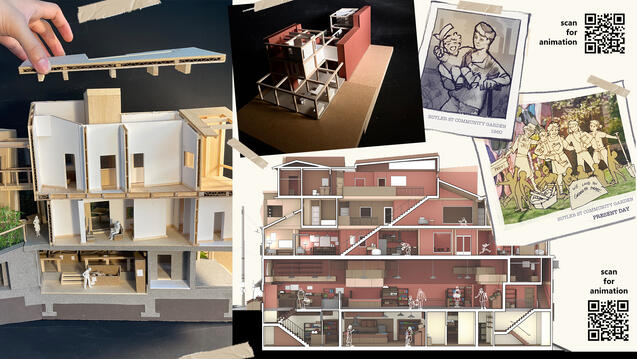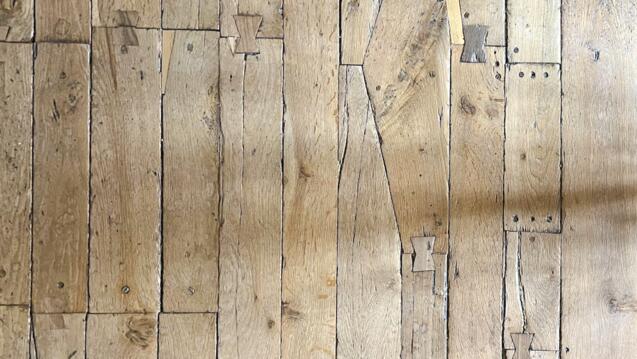
Neal Lucas Hitch

Neal Lucas Hitch is a designer, educator and curator whose research focuses on radical participatory design between humans, their environments, communities and technologies (not necessarily in that order). He is the co-founder of i/thee LLC, an internationally recognized firm whose varied work bridges/blurs sculpture, architecture and landscape design. Since 2024, Neal has acted as curator of the Bethel Woods Art and Architecture Festival at the original site of the 1969 Woodstock festival.
Neal has practiced internationally in cities including Chicago and Tokyo with firms such as Juan Gabriel Moreno Architects and Sou Fujimoto Architects. From 2020 to 2023, he taught as a Visiting Lecturer at Texas Tech University. In 2020, Neal was an Oakes Creek Resident at Oakes Creek Ranch; in 2021, he was an Astral Resident at Compound Yellow. Additionally, Neal has led recurring design-build workshops for institutions, including Hello Wood Festival, Space Saloon and Bethel Woods Art and Architecture Festival. He holds a Master of Science in Design Technology from Cornell University, a Master of Architecture from Judson University, and has studied at the Architectural Association School of Architecture in Bedford Square.
Spring 2025 Teaching
This design studio nurtures a way of making and thinking in design that aims to cultivate the practice of architecture as an act of creative citizenship. Cultivating an approach to appraise cross-cultural study of how people perceive and manipulate their environments can help us understand architecture and urban design from different and diverse perspectives.
This course investigates the creative repurposing and reconfiguration of found and discarded timber cut-offs (design) as material stock for digitally fabricated laminate wood structures (fabrication). Leveraging computational design tools – AI, parametric design software, and more – students explore novel economic models that are smaller, more sustainable, and circular.
Fall 2024 Teaching
Studios often conduct site research and then design an intervention for that site. However, in this studio the design research part of the semester becomes the project itself.


